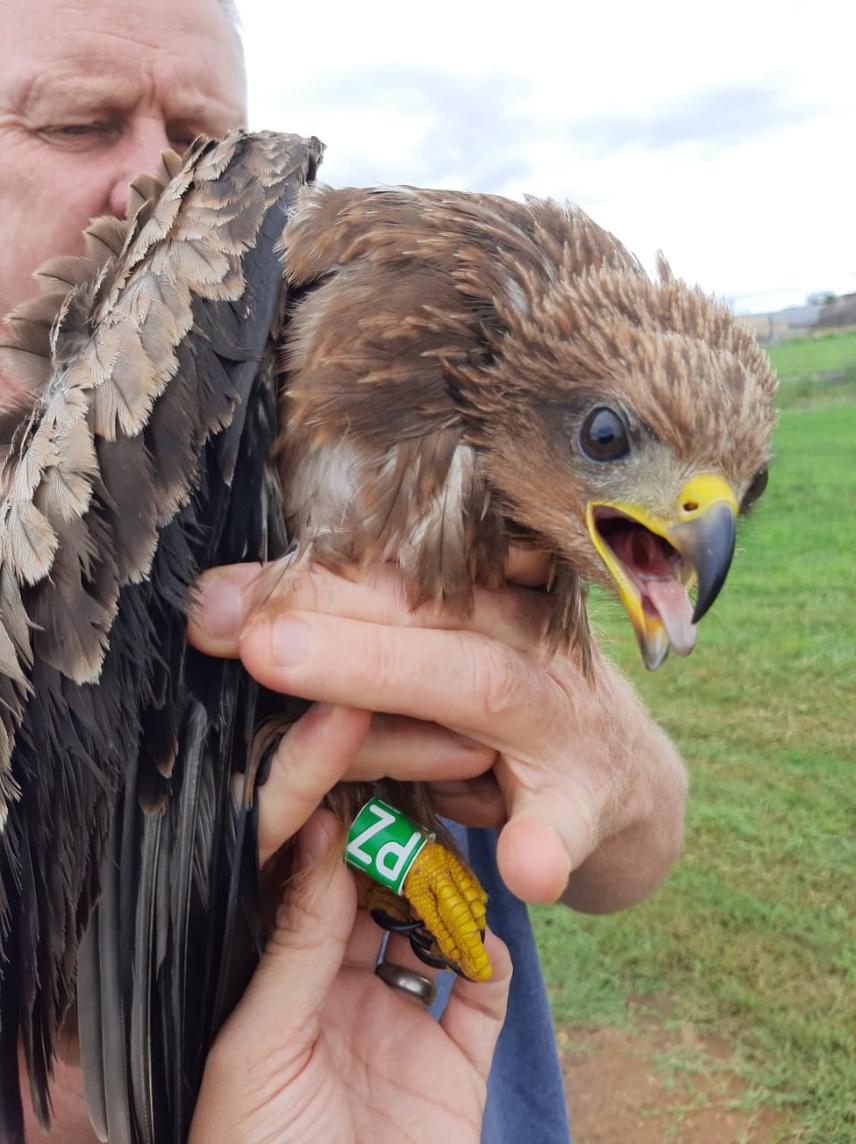Yvette Cathrine Ehlers Smith
This project represents two unique opportunities to explore the effects of human-population expansion and the increase of anthropogenic landscapes on a purportedly disturbance-tolerant species across Africa. We will track the migratory patterns of and land-use by an intra-African migratory bird, Milvus parasitus (Yellow-billed Kite), whose migration has never been recorded. Milvus parasitus breeds in Southern Africa and is believed to migrate to Central/Eastern Africa and has feeding patterns commensal with humans in rural and semi-urban areas. The high rate of human-population increases, and anthropogenic-landscape expansion affords an opportunity to investigate its habitat use and migratory strategies across a rapidly developing and climatically erratic and diverse continent.

Africa is undergoing exceptional human-population growth, projected to increase into the 21st Century. There is a concomitant demand for resources; consequently, urban and agricultural (anthropogenic) landscapes are increasing at the expense of natural landscapes and biodiversity. Africa also faces an uncertain future under climate change, with an exacerbation of extreme climatic events projected to increase. Highlighting and monitoring these compounding anthropogenic threats to biodiversity is critical to conservation; identifying species that may indicate broader reactions of certain taxonomic groups is a key conservation strategy.
Little formal research on Milvus parasitus (yellow-billed kite) has been conducted, but its migration movements are unknown. Tracking its migration offers the opportunity to investigate movement behaviour and land-use choices made by a species at a continental scale, on a continent that is undergoing rapid anthropogenic transformation and climate change. This work builds on a five-year dataset detailing breeding localities, success and migration-departure timing of a roosting population between 1500 and 3500 individuals in KwaZulu-Natal, South Africa. Examining climatic/meteorological drivers of migration timing, land-use selection during migration and choice of landscape on destination grounds will inform the species’ ecological response to anthropologically changing landscapes and climate.